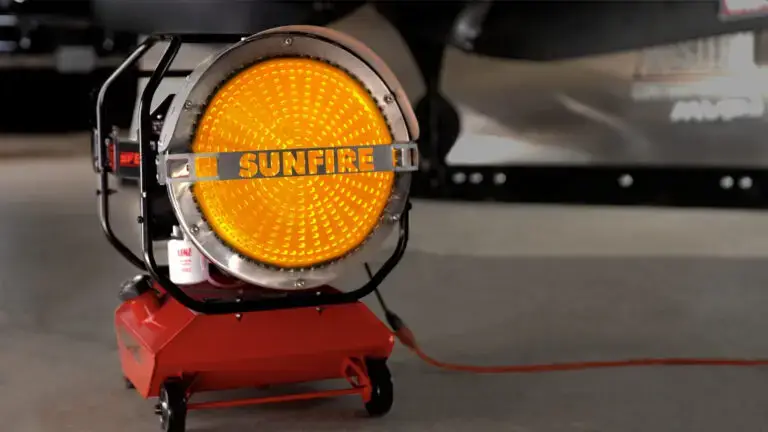The Science Behind Radiant Heating – How it Works

Radiant heating is an efficient and effective way to warm up spaces by transferring heat directly to objects, surfaces, and people. Unlike traditional heating systems that rely on circulating warm air, radiant heating uses infrared radiation to provide warmth. This method mimics the natural heating process of the sun, making it highly efficient and comfortable.
What is Radiant Heating?
Radiant heating involves the use of infrared radiation to transfer heat directly from a heat source to objects and surfaces in a space. The heat waves are absorbed by surfaces, which then continue to re-radiate the heat throughout the room. This method is more efficient than traditional convection heating, as it reduces the need for air circulation and minimizes heat loss.
Process of Radiant Heating
- Infrared Radiation: Radiant heaters produce infrared radiation, a type of electromagnetic wave that travels through space without heating the air.
- Absorption: Objects and surfaces in the room absorb the infrared radiation. This includes furniture, walls, and even people.
- Re-Radiation: Once absorbed, these objects and surfaces re-radiate the heat, gradually warming up the entire room.
- Heat Retention: Since radiant heat is absorbed and re-emitted by solid objects, it tends to stay in the space longer, providing a steady and lasting warmth.
Benefits of Radiant Heating
Radiant heating offers distinct benefits that make it an ideal choice for garages, construction sites, sports fields, and more. Its efficiency, comfort, and impact on air quality set it apart from traditional heating systems. Below are some key advantages to radiant heating:
- Efficiency: Radiant heating is highly efficient as it directly heats objects and surfaces, reducing energy waste.
- Comfort: Provides consistent and even warmth without the drafts and noise associated with traditional heating systems.
- Air Quality: Since it does not rely on circulating air, radiant heating does not spread dust and allergens, improving indoor air quality.
- Low Noise Operation: Radiant heaters operate quietly, making them ideal for environments where noise can be a distraction.
Radiant Heating vs. Forced Air Heating
Forced Air Heating is a traditional method that involves heating air and then circulating it throughout a space using ducts and fans. While it can be effective, it often leads to uneven heating, heat loss through gaps, and can stir up dust and allergens.
Is Radiant Heating Safe for the Environment?
Yes, radiant heating is one of the most effective heating sources that is safe for the environment because it provides comfortable warmth without requiring high amounts of energy. Radiant heaters utilize advanced technology to reduce heat loss and provide an environmentally friendly option. They emit lower carbon emissions. Unlike other heaters that heat the entire air in a room, radiant heaters efficiently direct heat towards objects or individuals, converting them directly into heat.
SunFire Radiant Heaters
SunFire offers a range of high-quality radiant heaters designed to provide clean, smokeless, and efficient heating for various applications.
- SF80: This model is perfect for small to medium-sized spaces, offering quiet and odorless heating.
- SF120: Ideal for larger spaces, the SF120 provides powerful and efficient heating, suitable for workshops and garages.
- SF150: The most robust model, designed for large areas and outdoor events, ensuring consistent warmth even in the coldest conditions.
SunFire heaters are built with durable, heavy-duty materials and are designed to provide safe and efficient heating. Each model can be equipped with an optional thermostat for precise temperature control.
For more information on SunFire products and to find the perfect radiant heater for your needs, visit SunFire Heaters. You can also find SunFire products online at your favorite retailers for a quick, easy purchase.